Brought into the spotlight by TV shows like Bridgerton and Brideshead Revisited, the Howardian Hills are a point of pride among Yorkshire’s countryside scenes. This 79 square mile Area of Natural Beauty (AONB) in the southern reaches of the North York Moors National Park is filled with ravishing scenery, handsome manor houses and chocolate-box villages.
Not only that, but the region was also cited as one of the best places to live in the UK in 2020 by The Times. Here’s why.
Castle Howard
Named after the Howard family, Castle Howard is one of the area’s most iconic attractions – and not just for Bridgerton fans, who will recognise it as Clyvedon Castle, home of Daphne and Simon. Opened to the public in 1952, the castle itself took over 100 years to build and the grounds are vast with plenty of space for you to wander and lose yourself in.
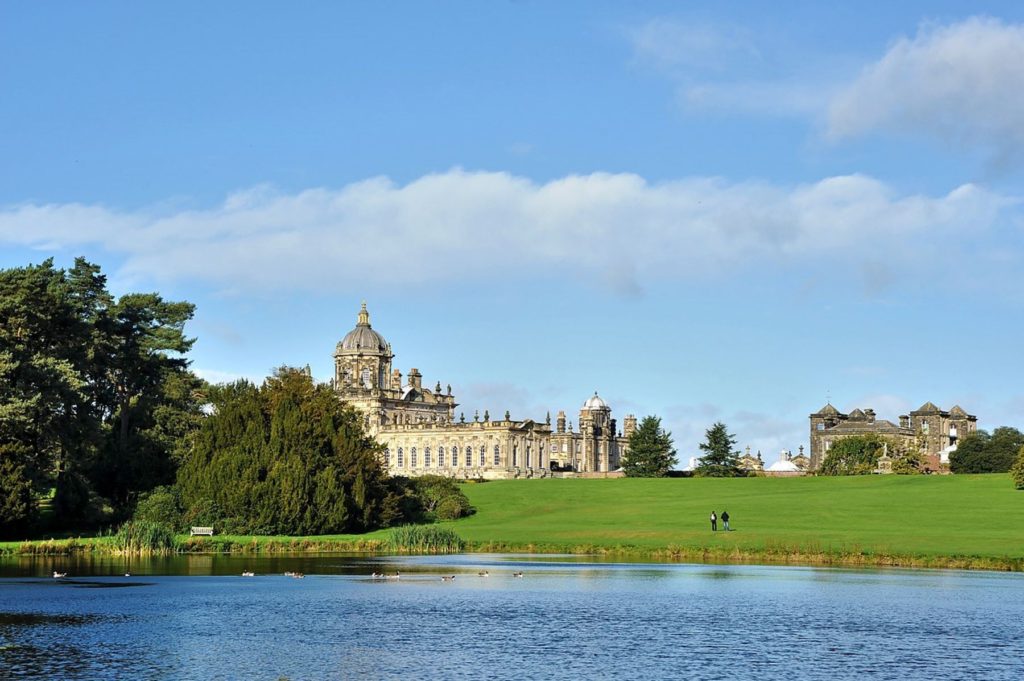
The centrepiece of the grounds are the beautiful lakes, home to breeding flocks of greylag and Canada geese all year. The recently renovated Skelf Island on the Great Lake is a firm fixture for parents. The mischievous Skelves are said to have inhabited the medieval woods here for centuries, and now they’ve created a series of treetop nest structures connected by rope bridges, nets and slides. It’s a magical environment for children (and adults!) to play in.
Suggested walk
The five-mile walk around the grounds is a great way to explore Castle Howard. Starting in the adjacent car park, the beautiful circular route takes in the magnificent castle and surrounding wild countryside. The trail returns along the Stray to the gate house, from where you can turn left to take one of the several routes leading to the delightful villages of Welburn and Terrington.
The Yorkshire Arboretum
Set within 120 acres of parkland within Castle Howard’s grounds, The Yorkshire Arboretum is home to some 6,000 different trees from around the world. They’ve got rhododendrons from seeds collected in 1849 in Sikkam (north India) by botanist Joseph Hooker plus the likes of Erman’s birch and wollemi pine.
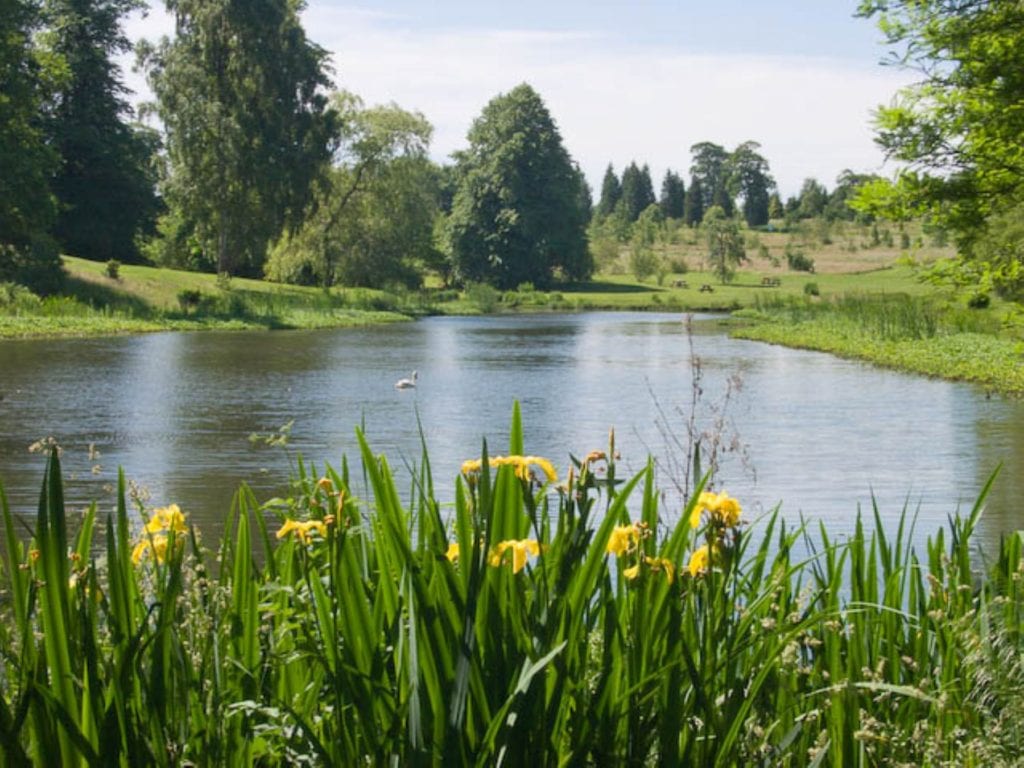
The new Tree Health Centre aims to raise awareness about the imminent danger that climate change poses to the park’s foliage.
Suggested walk
The sheer amount of space here is wondrous. There are two Tree Trails to enjoy (1/2½ miles), and even on the park’s busiest days it won’t feel at all overcrowded. Kids can run riot, with plenty of idyllic spots for a picnic.
Where to stay
If you can’t do an Ellie Goulding and rent Castle Howard for yourself, the next best thing has to be the estate’s holiday cottages. Honey-hued Librarian’s Cottage in Coneysthorpe sleeps four and has a gorgeous garden with a trickling stream and spacious outdoor dining area. The slightly larger Lime Kiln Farm House was designed by the late Lady Susan Howard, offering exceptional views of Castle Howard and kitted out with antiques from the castle itself.
Coxwold
With its honey-stone houses set against the Constable-like Howardian Hills, this bonny village is frequently voted one of the most desirable places to live in the UK.
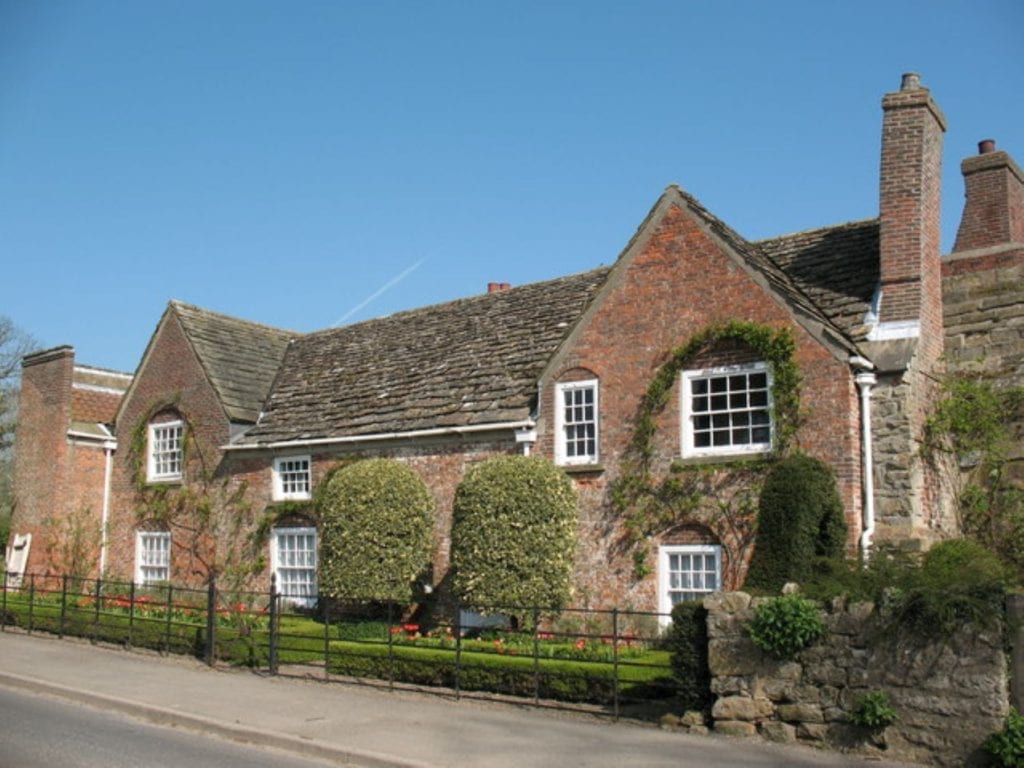
At the top of the village lies Shandy Hall, a rickety maze of a place that was the home of Irish novelist Laurence Sterne, at one time Coxwold’s resident vicar, and where he wrote The Life and Opinions of Tristram Shandy.
Suggested walk
Just up the road is the White Horse of Kilburn, a 318ft-long by 220ft-high chalk horse cut into the side of a hill. From Coxwold, head to the Sutton Bank National Park Centre and make your way along the vivid trail, lined with bilberries that are ripe for the picking. The views over the patchwork of green below are breathtaking – and the hike up is a good place to blow away the cobwebs.
Where to stay
The Fauconberg Arms is a snug village pub with luxuriously designed rooms in Coxwold. There is also a garden room for a more self-sufficient retreat. The beautiful inn has a stylish outdoor dining area and is known for its extensive menu using Yorkshire’s finest local produce including Thorntons roast beef with all the trimmings.
Ampleforth Abbey
Gorgeous Ampleforth Abbey is one of the few living and active Benedictine monasteries in the country, and certainly the largest.
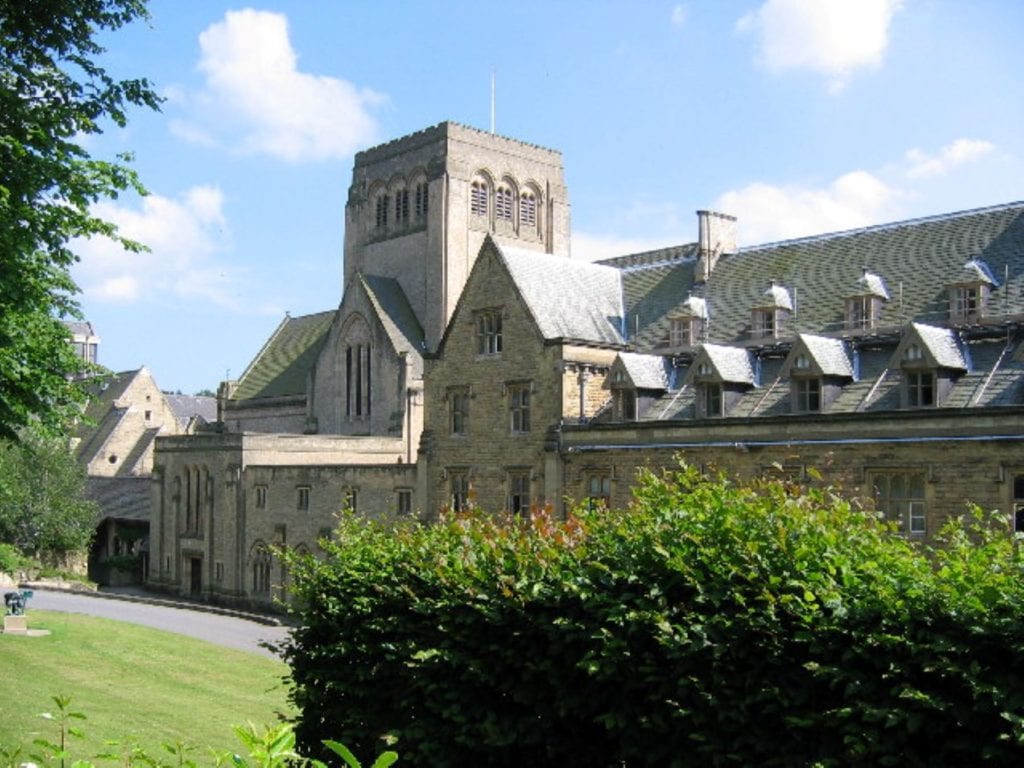
The Abbey Church was rebuilt in the early 20th century by renowned architect Giles Gilbert Scott (whose other notable works include Battersea Power Station and Liverpool Cathedral). It’s home to a community of Benedictine monks and a first-rate college, as well as the most picturesque cricket pavilion in England, set in the lower reaches of the abbey grounds.
Suggested walk
Aside from meandering through the monks’ 200-year-old orchard and cider mill (and purchasing some to take home with you), a 6-mile circular route explores the nearby village of Gilling East and pretty Yearsley Woods, home to plenty of woodland wildlife.
Where to stay
Just a 15-minute drive away, The Star Inn in Harome is a much-loved thatched inn with 13 individually designed rooms and stellar dining options. Treat yourself to the ‘Foodie Feast’ break for a special occasion.
Another fantastic dining experience can be had at The Black Swan Oldstead: a Michelin-starred restaurant with rooms on the edge of the North York Moors. There’s only one menu on offer: a tasting menu, inspired by ingredients grown and foraged around its Oldstead locale. Worth booking a room to linger.
Helmsley and Rievaulx Abbey
The near-perfect market town of Helmsley is one of the area’s most popular destinations, and it’s easy to see why – the dramatic castle, serene walled gardens and nearby Duncombe Park make it popular postcard material.
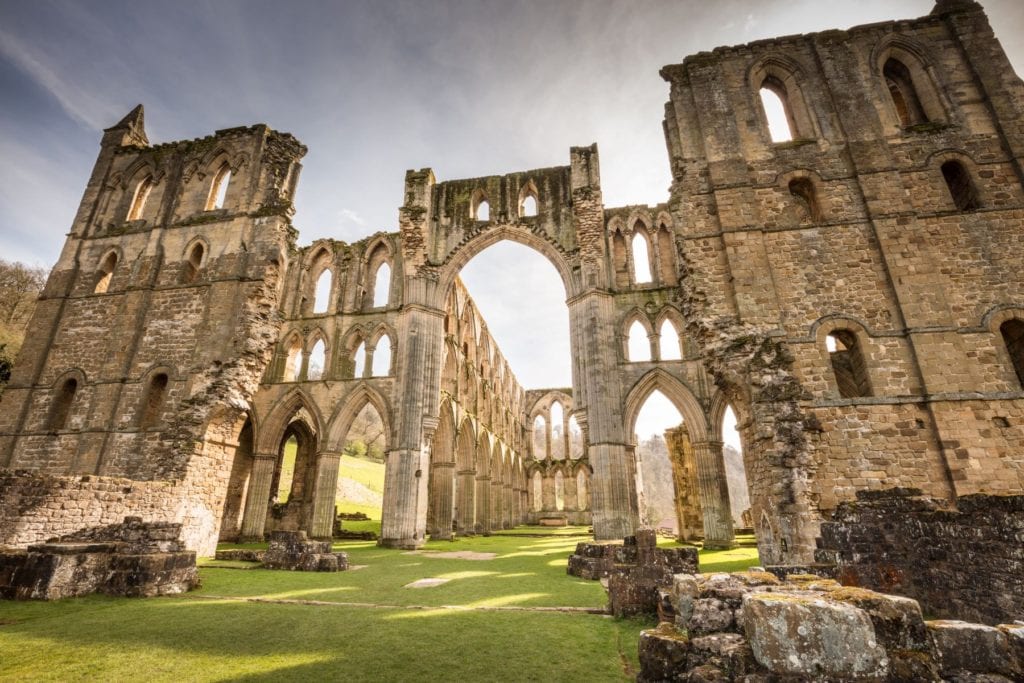
Just down the road are the standout ruins of Rievaulx Abbey, founded in 1132 by French Cistercian monks and situated in a beautiful wooded dale in a bend of the River Rye.
Suggested walk
The 7-mile circular route from Helmsley to the abbey is a classic country walk, offering sweeping views over Helmsley Castle, beautiful bluebell woods and, of course, the peaceful ruins of the abbey. It’s rarely busy, so go slow.
Where to stay
Located in the pretty village of Scawton, just a stone’s throw southwest of Rievaulx, The Hare is a 12th-century inn that was reputedly used by the monks as a brewhouse. These days the restaurant has three AA rosettes and the rooms have had a stylish redesign.
Crayke
Nestled in the southwestern reaches of the Howardian Hills, the charming village of Crayke sits atop a little eminence with gorgeous views across the Vale of York.
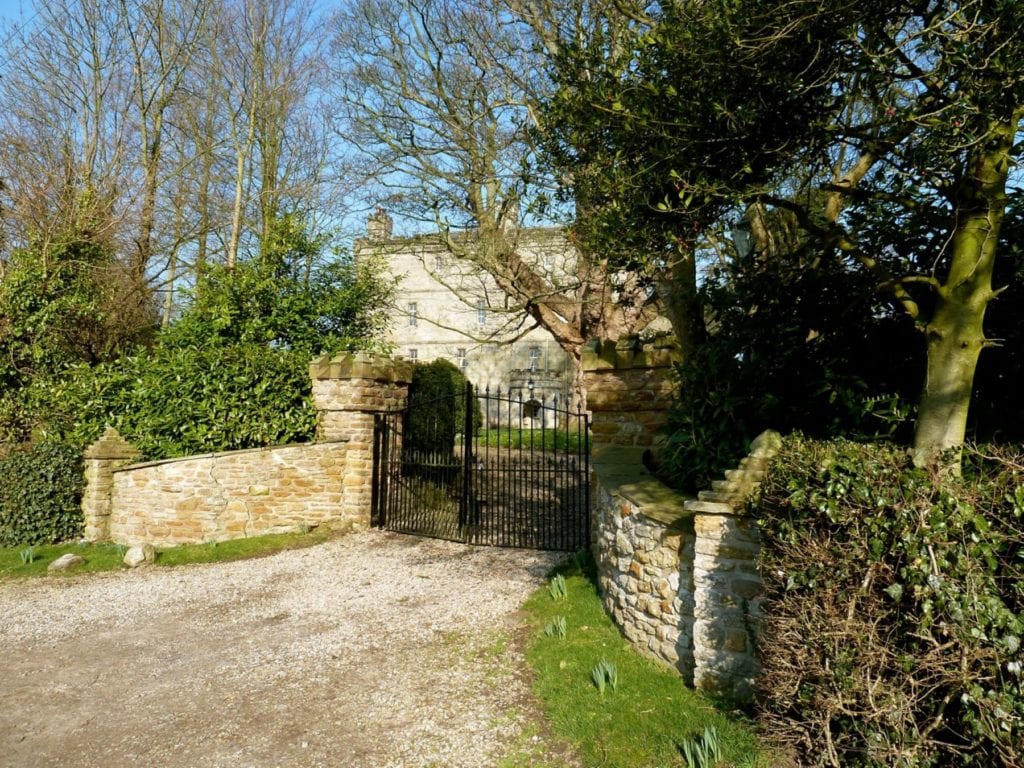
St Cuthberts Church and Crayke Castle are located at the top of the village; though the castle is a privately owned residence, the church is worth a peek inside and there are plenty of scenic walks from the churchyard.
Suggested walks
The walking potential here is fantastic, with routes ranging from 3 to 10 miles that take in the surrounding countryside and also connect with the nearby Howardian Way – a 28-mile trail from Coxwold to Kirkham Priory. You needn’t go far for astounding views, though – from The Durham Ox pub you can see over the entire Vale of York, with its verdant farms and fields that slow fade into the horizon.
Where to stay
The best place to stay in the village is The Durham Ox, a good old-fashioned pub with beautifully crafted rooms serving hearty roasts and a more refined a la carte menu using local produce.
For self-caterers, try chic Seaves Mill in nearby Brandsby, another great base for walkers and cyclists. It’s part of the new Beautiful Escapes portfolio. a thoughtfully curated collection of properties where no detail is spared. Other nearby stays include Moorside Cottage in Ampleforth, an elegant stone cottage dating from the 16th century but with plenty of home comforts.
Further resources
For more Howardian Hills routes check out this GPS guide to cycling and walking routes, while for more information on the area try Welcome to Yorkshire and Visit York.
More information
Hoping to find more walks beyond the Howardian Hills in Yorkshire? Why not take a look at our comprehensive travel guides: